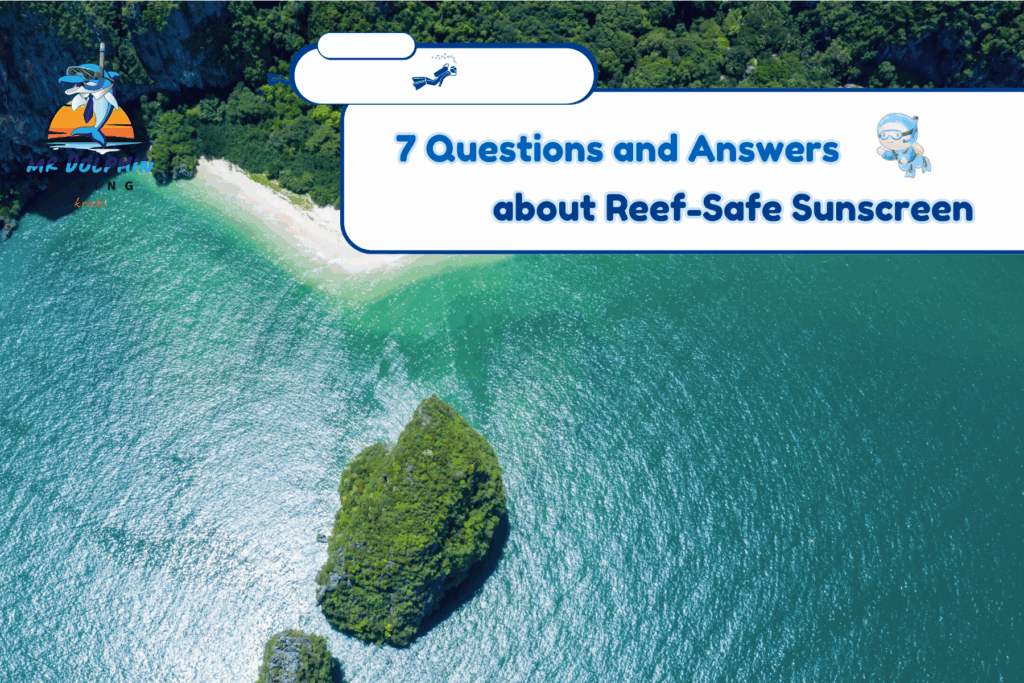When you pack sunscreen for a beach day, you’re probably thinking about sunburn, not coral bleaching. But the choices we make on land have a ripple effect in the ocean. Common sunscreen ingredients are now known to effect coral damage, threatening some of the most fragile and vital ecosystems on Earth.
As awareness grows, “reef-safe” sunscreen has become a small but meaningful way to protect marine life while caring for your skin. But what exactly makes a sunscreen reef-safe? And how can you tell which products truly live up to the label? This guide answers the 7 most important questions about reef-safe sunscreen, so you can enjoy the sun while helping protect the sea.
1. What is Coral Reef Safe Sunscreen?
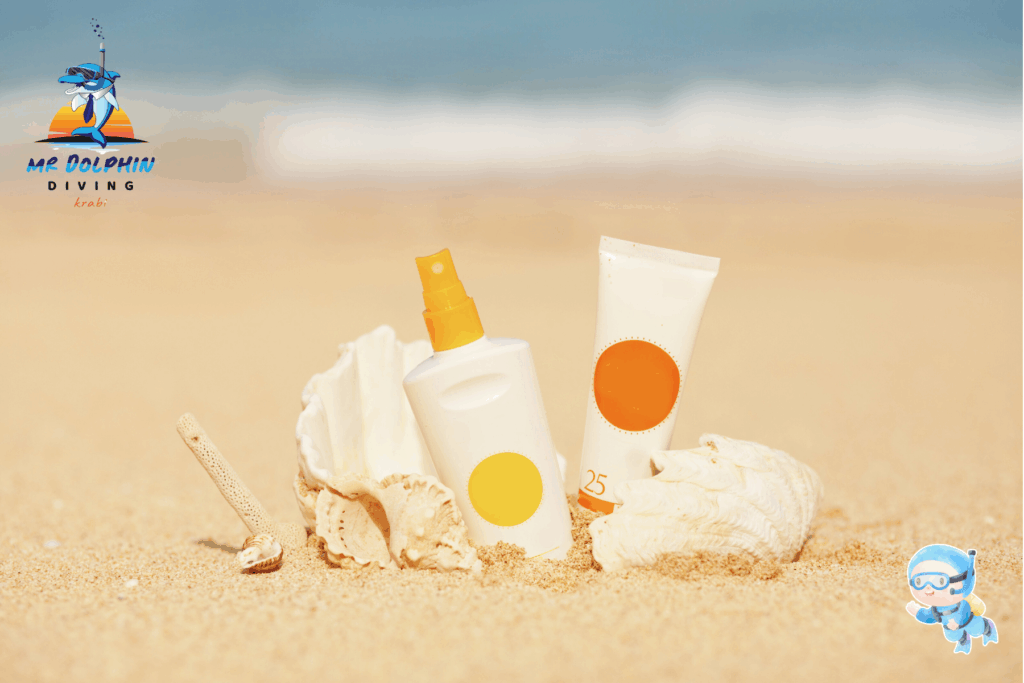
Coral reef safe sunscreen is a type of sunblock that avoids ingredients known to harm marine life, especially corals. Regular sunscreens often contain chemicals that wash off swimmers and settle in the ocean, effecting coral bleaching and damaging fragile marine ecosystems.
When we talk about what is coral reef safe sunscreen, we mean products that are made without toxic ingredients such as oxybenzone and octinoxate. These two are the most notorious, but there are others that negatively affect coral health. When these ingredients enter the water, they can damage coral DNA, hinder reproduction, and make corals more susceptible to disease and bleaching.
In contrast, reef safe sunscreens use mineral-based UV blockers like zinc oxide or titanium dioxide in non-nanoform. These sit on top of the skin rather than being absorbed and are less likely to wash off into the sea. They are less irritating to sensitive skin and environmentally safe when formulated correctly.
- Read our guide to get PADI Scuba diver certificationa: How to Get PADI Scuba Diver Certification in Krabi
2. What Sunscreen Ingredients Are Not Reef Safe?
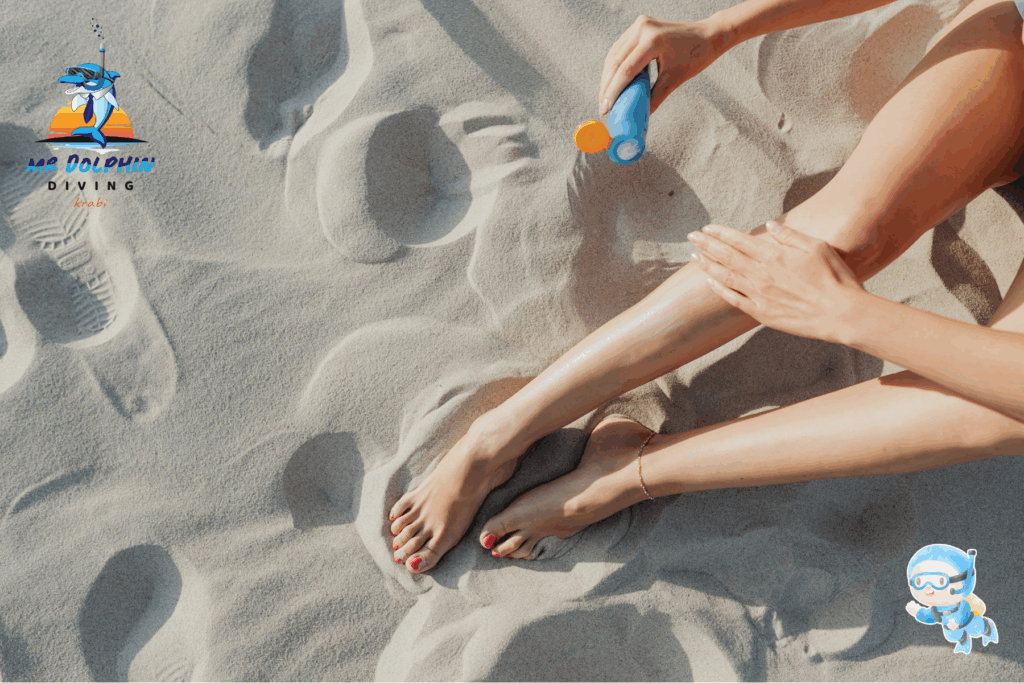
Certain ingredients have been scientifically proven to be harmful to corals, algae, and marine wildlife. The list of what sunscreen ingredients are not reef safe includes:
- Oxybenzone: Alters coral DNA and disrupts growth.
- Octinoxate: Affects coral development and can contribute to bleaching.
- Octocrylene: Can accumulate in coral tissue.
- Homosalate: May interfere with hormone function in marine species.
- PABA (para-aminobenzoic acid): An old-school ingredient still found in some products.
- Triclosan: Often used for its antibacterial properties but toxic to marine life.
- Parabens: These preservatives can disrupt coral hormone systems.
- Nano-sized titanium dioxide and zinc oxide: These tiny particles can be ingested by marine organisms, causing internal damage.
These ingredients can persist in the environment, and even a small amount can harm delicate underwater ecosystems. If you’re looking for sunscreens safe for reefs, always scan the ingredient list before buying.
3. What Type of Sunscreen Is Reef Safe?
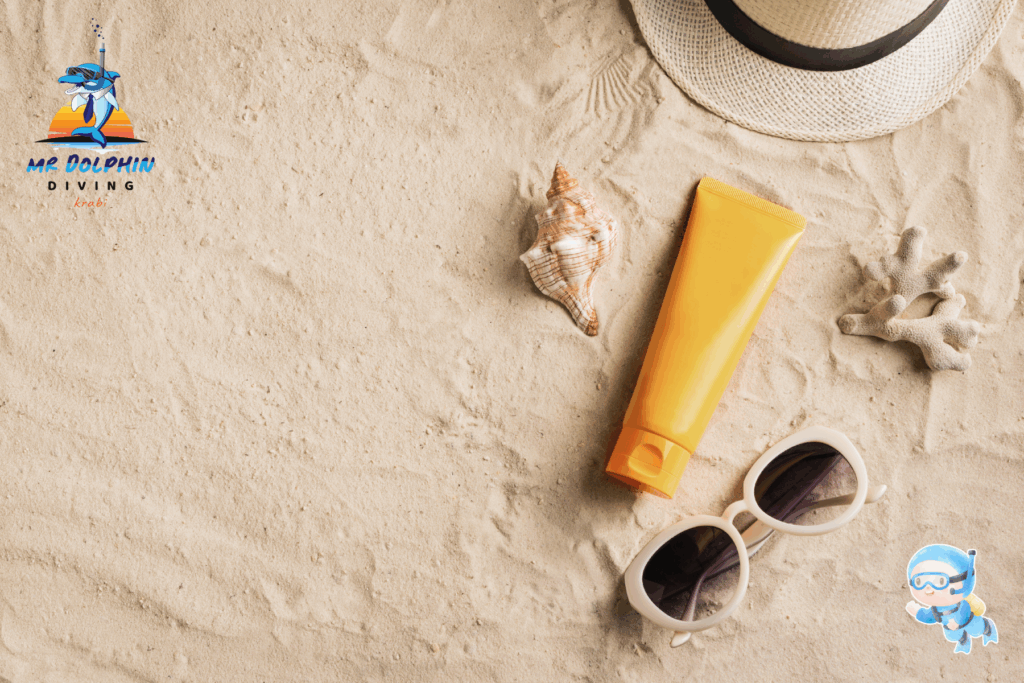
The safest and most commonly recommended types of reef friendly sunscreen are mineral (physical) sunscreens. These include:
- Non-nano zinc oxide
- Non-nano titanium dioxide
These minerals sit on top of your skin and physically block the sun’s rays instead of absorbing them like chemical sunscreens do. They are not absorbed by corals and do not pose the same biological risks.
However, not all mineral sunscreens are created equal. Some products use nano-particles for a smoother texture, but these tiny particles can be absorbed by corals and marine life. That’s why it’s important to choose non-nano versions when selecting a safe for reef sunscreen.
Additionally, the product should be water-resistant to minimize the amount that washes off during swimming or scuba diving. Look for sunscreens labeled as “broad spectrum” to ensure protection against both UVA and UVB rays.
4. Why Use Reef Safe Sunscreen?
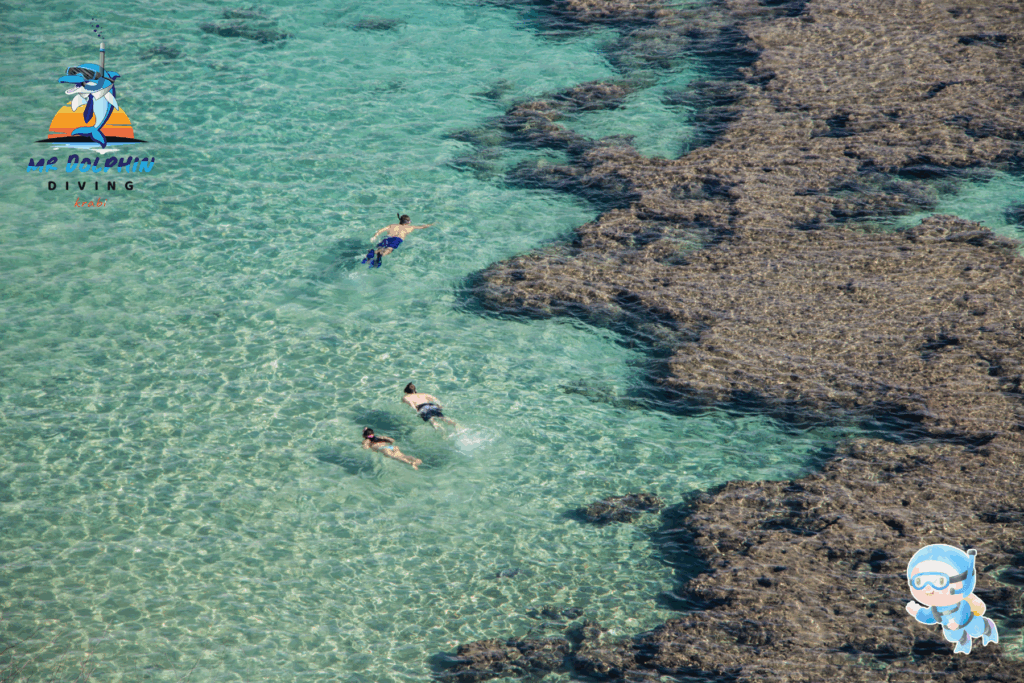
Using reef safe sunscreen is a simple but impactful way to protect the oceans. You might ask, why use reef safe sunscreen if the damage seems small? But the truth is, every bit adds up.
Sunscreen washes off our skin when we swim or shower, making its way into the ocean, especially in popular reef destinations like Hawaii, the Caribbean, and Southeast Asia. Certain chemical ingredients commonly found in sunscreen can harm marine life by impairing algae growth, causing coral bleaching and DNA damage, and disrupting reproduction in species like sea urchins, fish, and dolphins. To help protect these fragile ecosystems, NOAA (National Oceanic and Atmospheric Administration (.gov)) recommends using mineral-based sunscreens free of harmful UV filters, wearing UV-protective clothing, and seeking shade during peak sun hours.
Coral reefs are incredibly rich ecosystems, supporting an estimated 32% of all named marine species while covering less than 0.1% of the ocean’s surface. Despite their small footprint, they play an outsized role in protecting coastlines, supporting food security, and sustaining the livelihoods of over a billion people globally.
By choosing sunscreen that is reef safe, you help prevent toxic buildup in these ecosystems. Some tourist destinations like Hawaii, Palau, and parts of Thailand have even banned the sale and use of sunscreens containing reef-harming chemicals. So it’s not only about environmental ethics, it’s also about compliance with local laws.
5. How to Check If Sunscreen Is Reef Safe?
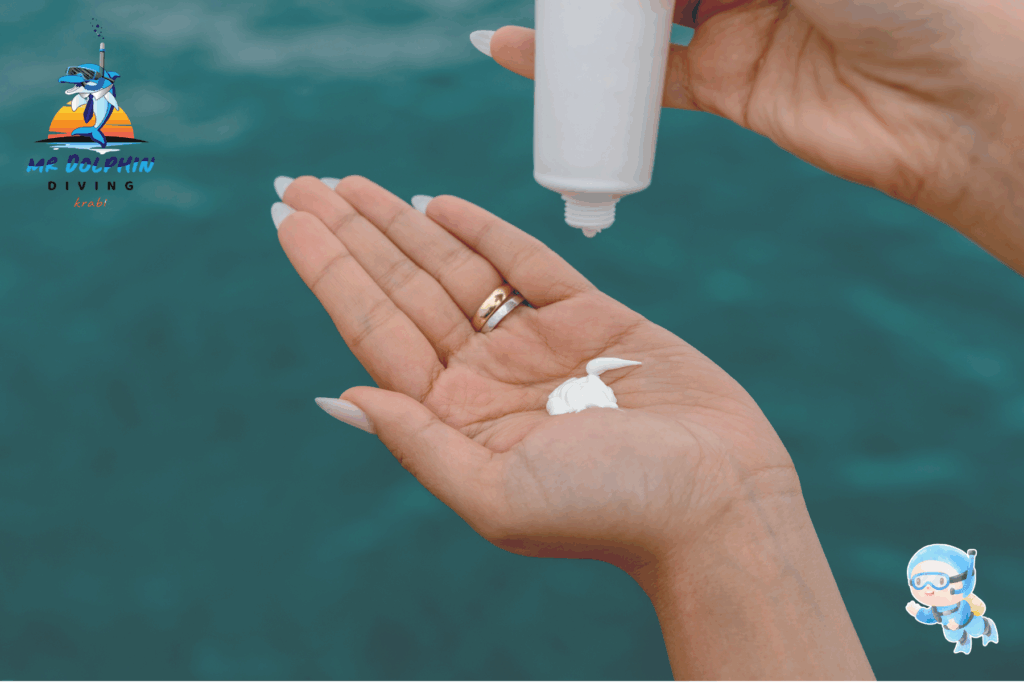
The phrase “reef safe” is often printed on sunscreen bottles, but unfortunately, it isn’t a regulated term in many countries. So, if you’re wondering how to check if sunscreen is reef safe, don’t rely solely on labels.
Here’s what you can do:
- Read the ingredients list: Avoid harmful substances listed in section 2.
- Look for non-nano mineral filters: Zinc oxide and titanium dioxide should be clearly labeled as non-nano.
- Check for certifications: Some brands may have third-party certifications such as “Protect Land + Sea Certified.”
- Search online reviews: Many eco-conscious consumers and divers write detailed reviews and product breakdowns.
- Watch for greenwashing: Phrases like “natural,” “eco-friendly,” or even “reef safe” are not enough. Always back them up by checking the full list of ingredients.
Being informed is the best way to ensure you’re choosing a product that is truly sea safe sunscreen.
6. What Is Considered Reef Safe Sunscreen?

If you’re still unsure what is considered reef safe sunscreen, think of it as a product that checks these essential boxes:
- Mineral UV filters: Only zinc oxide or titanium dioxide, preferably non-nano.
- No harmful chemicals: Like oxybenzone, octinoxate, and others listed earlier.
- Biodegradable formula: Breaks down naturally and safely in the environment.
- Water-resistant: Minimizes runoff into the ocean.
- No synthetic preservatives or fragrances: These can also be toxic to marine organisms.
7. Where to Buy Reef Safe Sunscreen?
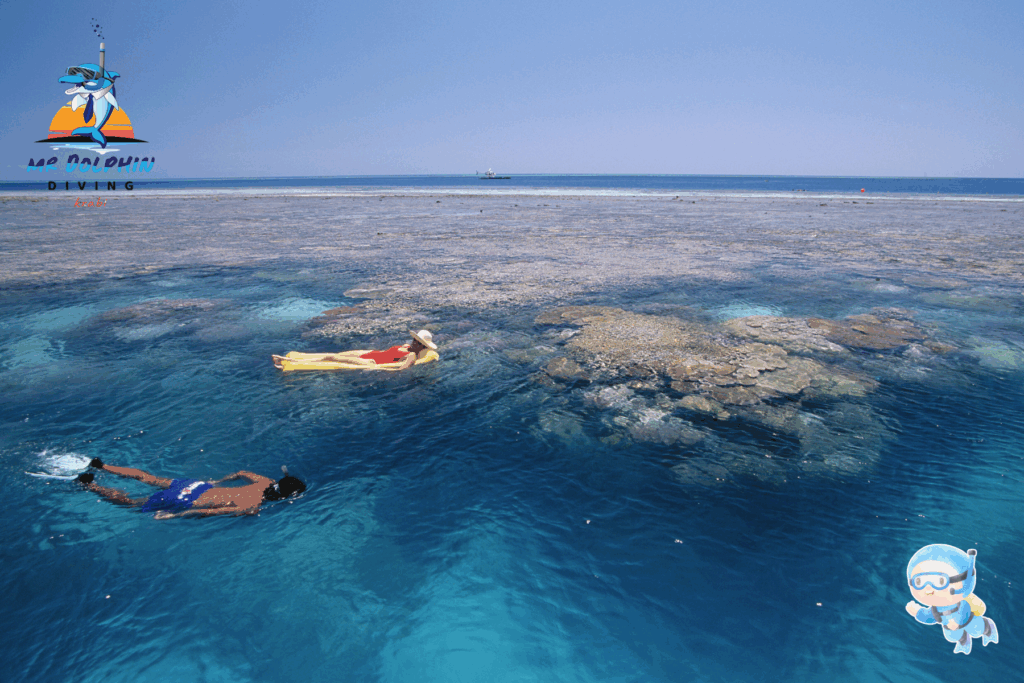
You can buy reef safe sunscreen both online and in-store. It has become increasingly popular due to growing environmental awareness. Here are some common sources:
- Online retailers: Amazon, iHerb, Thrive Market, and brand-specific websites.
- Eco-friendly shops: Many organic stores carry reef friendly sunscreen.
- Dive shops and beach stores: Especially in tropical areas, many shops stock only reef-safe options.
- Health and wellness stores: Stores like Whole Foods or local apothecaries often offer a variety of coral safe sunscreen options.
- Pharmacies: Chain stores like CVS or Walgreens may carry select brands.
Before you buy, compare ingredients and check if the brand meets the full criteria. It’s worth spending a little more to get a product that protects you and the reefs.
- Read our guide to find the right scuba diving mask: How to Choose a Scuba Diving Mask For Your Next Dive
The next time you plan a beach vacation, remember: choosing a sunscreen that is reef safe preserve marine ecosystems that are vital to our planet’s health. This small switch can have a ripple effect, helping protect coral reefs and the diverse life they support. When we’re mindful of what we bring into the ocean, we help ensure that these natural wonders remain vibrant for generations to come.
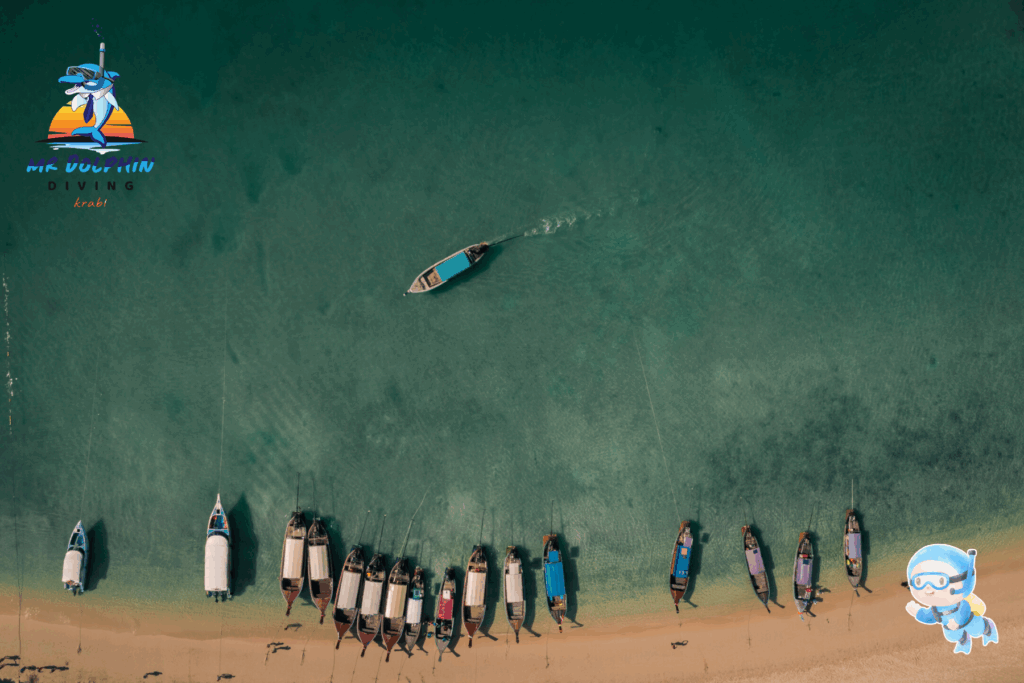
If you’re looking for a wonderful scuba diving experience in Krabi, consider taking your ocean awareness a step further with Mr. Dolphin Diving Krabi, a certified PADI® dive center based in Ao Nang. With over 20 years of professional diving experience, our team is passionate about safety, personalized service, and marine conservation. We offer small-group dive tours with high-quality equipment, giving you a comfortable and immersive way to explore the vibrant biodiversity of the Andaman Sea.
In addition to diving, we also provide exclusive private snorkeling charters, perfect for travelers seeking a more intimate and customizable marine experience. These trips are tailored to your preferences and take you to lesser-known snorkeling spots around Krabi’s beautiful islands, far from the typical tourist crowds. Guided by our experienced team, each excursion is designed to be both unforgettable and eco-conscious, with a strong focus on preserving the ocean’s delicate ecosystems. Ready to dive in? Contact us at +66 618494847 or email us at mrdolphindiving@gmail.com and let us help you plan your next underwater adventure.


